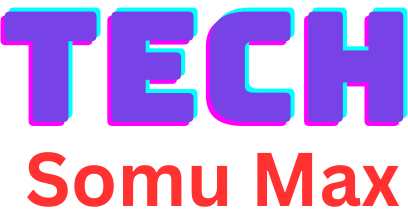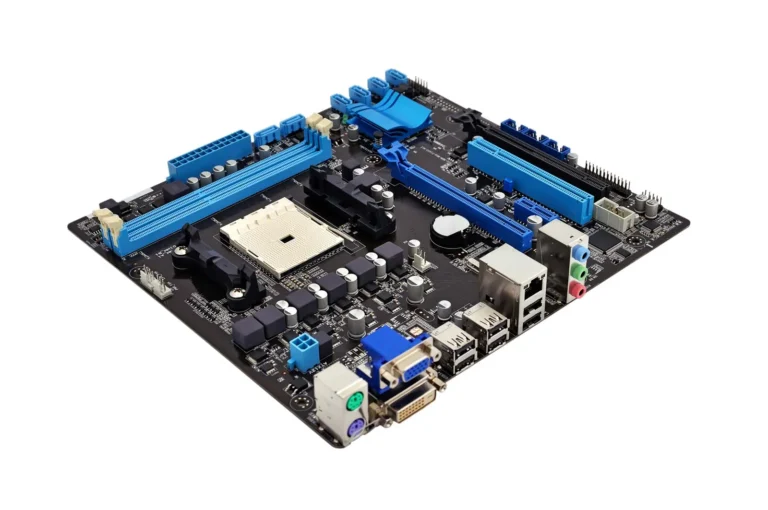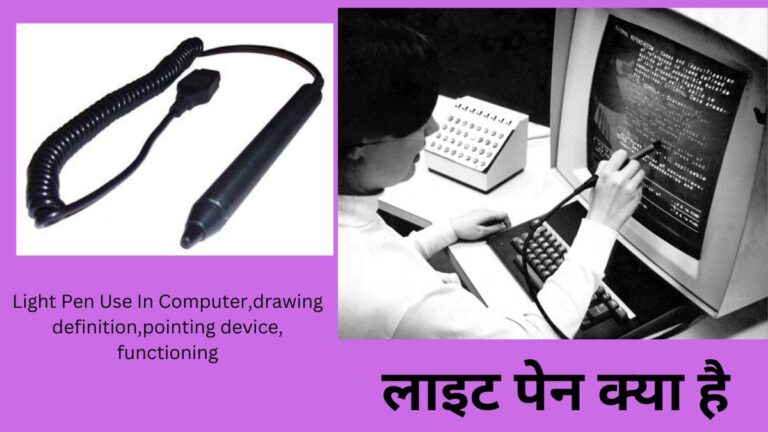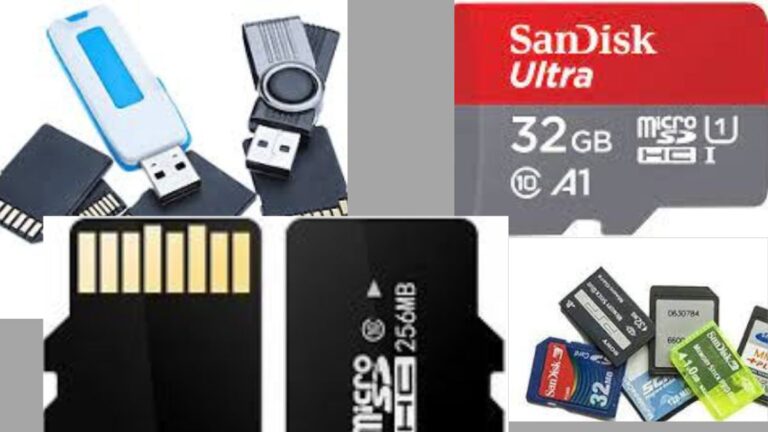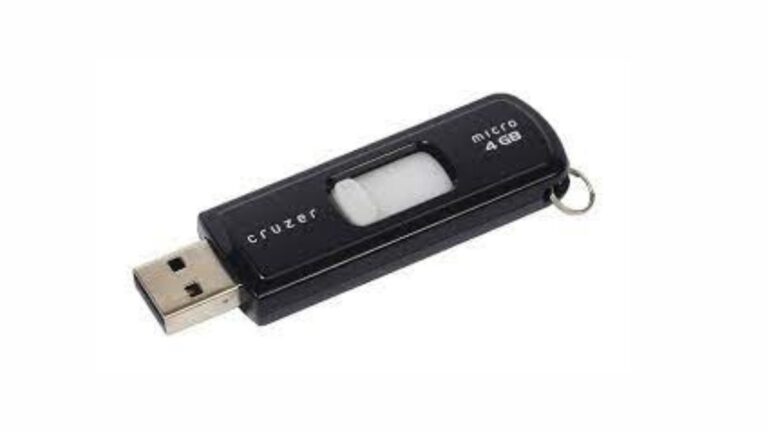Light Pen in Computer
Welcome to the era where technology responds to your touch—quite literally with the fascinating concept of a light pen in computer interaction. In this article, we’ll delve into its origins, functionality, diverse applications, and what the future holds for this illuminating tool.
Evolution of Light Pens
Early Concepts and Innovations
In the nascent stages of computing, visionaries toyed with the idea of a device that could bridge the gap between human intent and machine execution. The earliest light pens were simple, yet revolutionary, allowing users to directly interact with the display.
Integration into Computer Systems
As computing power grew, so did the capabilities of light pens. They seamlessly integrated into computer systems, becoming a staple in creative industries. Architects and graphic designers found a new ally in the precision and real-time interaction offered by these devices.
How Light Pens Work
Optical Mechanism
At the heart of every light pen lies a sophisticated optical mechanism. Understanding the intricate dance of light between the pen and the screen is key to appreciating its functionality.
Interaction with Display
Unlike traditional input devices, a light pen directly interacts with the display, offering unparalleled accuracy. The user’s touch, detected by the pen’s optical sensors, translates into dynamic input.
Applications in Design
Graphic Design
In the realm of graphic design, the light pen is a virtuoso. From intricate illustrations to precise edits, it becomes an extension of the designer’s creativity, allowing for a seamless digital canvas.
Architectural Drafting
Architects, too, have embraced the light pen, using it for detailed drafting and envisioning spaces with a level of precision that was once a distant dream.
Advantages Over Other Input Devices
Precision and Accuracy
One of the standout features of a light pen is its precision. Every stroke, every click is a testament to its accuracy, making it an indispensable tool for professionals.
Real-time Interaction
Real-time interaction sets the light pen apart from its counterparts. The immediacy of input creates an immersive experience, whether in design or gaming.
Limitations and Challenges
Compatibility Issues
While the light pen offers a unique experience, compatibility issues can arise. Not all software and systems are optimized for its use, leading to occasional challenges for users.
Sensitivity to Light Conditions
The sensitivity of light pens to ambient light conditions can be a double-edged sword. While it enhances accuracy, users may find themselves making adjustments to accommodate changing lighting scenarios
Notable Brands and Models
Pioneering Products
From the pioneers of the technology to contemporary brands, the market boasts an array of light pens. Explore the evolution from the earliest models to the cutting-edge innovations of today.
Modern Innovations
As technology marches forward, so do light pens. Explore the features and advancements in the latest models, each pushing the boundaries of what’s possible.
DIY Light Pen Projects
Building Your Own
For the tech enthusiasts and DIY aficionados, building a light pen from scratch can be a rewarding project. Unleash your creativity and craft a personalized device.
Coding and Calibration
Coding and calibration are essential steps in creating a functional DIY light pen. Demystify the process and embark on a journey of customization.
Light Pen in Computer Gaming
Historical Significance
In the realm of gaming, the light pen holds historical significance. Explore its early use in gaming consoles and how it paved the way for modern gaming peripherals.
Contemporary Applications
From interactive storytelling to immersive gaming experiences, the light pen continues to influence the gaming landscape. Discover how it enhances gameplay and user engagement.
Future Trends
Integration with VR and AR
The future promises exciting developments as the light pen converges with virtual and augmented reality. Brace yourself for an era where the boundaries between physical and digital interaction blur.
Enhanced Sensing Technologies
Advancements in sensing technologies are poised to elevate the capabilities of light pens. Dive into the potential of enhanced sensors and what they mean for users.
User Tips and Best Practices
Cleaning and Maintenance
Ensure the longevity of your light pen by following proper cleaning and maintenance practices. Simple steps can keep your device in peak condition for years to come
Optimizing Performance
Discover tips and tricks to optimize the performance of your light pen. From software updates to calibration, unlock the full potential of your device.
Troubleshooting Common Issues
Calibration Problems
Calibration hiccups can be frustrating. Learn common issues and how to troubleshoot them, ensuring your light pen responds accurately to your touch
Connection Failures
Explore potential reasons behind connection failures and effective solutions to keep your light pen seamlessly connected to your computer.
Conclusion
In the ever-evolving landscape of computer interaction, the light pen stands as a beacon of innovation. Its journey from a rudimentary concept to a sophisticated input device has shaped the way we engage with technology. As we navigate through its past, present, and future, the light pen illuminates the path to a more immersive and interactive digital experience.
